[…] the present state depends on both, the future and the past […]
Black Quantum Futurism
The exhibition JOY ~ JOY ~ JOY. ON THE PEPPERSIDE OF SUPRAINFINIT took place between September 9 and October 8 at Galerie Wonnerth Dejaco in Vienna in the context of Curated by festival. Titled ‘Kelet’ (meaning East in Hungarian), the 2022 edition of the festival is a counterpoint to the title of former Hungarian literary magazine ‘Nyugat’ (West). While the founders of ‘Nyugat’ were looking for a future and an avant-garde in the Western part of Europe, the invitation of Dieter Roelstraete – the „Impulsgeber” of Curated by – addressed to the guest curators of each gallery calls for a turn towards the East for „hope – for inspiration, salvation.”[1]
Such statement could stand as a pretext for a wider reaching curatorial reflection and art history, yet the sentences can also be quickly taken with a touch of skepticism: the introduction of curatorial practices and artworks from the Eastern part of Europe to the world of Western commercial galleries as an oddity, as something yet obscure.
Thus, the invitation not only sets up a realm of interest, but also raises serious questions about the curatorial approaches of this year’s ‘Curated by’.
Can the curators develop concepts in commercial galleries that do not exclusively serve the voyeuristic desires of the art market?
Is it possible to embrace the commercial orientation of an exhibition and at the same time become not only a curiosity but also an inspiration?
The gallery space was used by curators Sandra Demetrescu and Dragos Olea [KILOBASE BUCHAREST] as both a historical excavation site and a place of imaginary storytelling. In such an approach, the past and the future enter into a play that exists without a beginning or an end; „[…] nothing ends since nothing has begun, but everything is transformed.”[2] – in this way, the present is not the peak of history, but a condition that can be influenced by imagination and historiography. The unofficial location within a fictional utopian realm called Pepperside of Suprainfinit, acknowledges its own influence on the present and thus also perceives its own multifaceted nature, The Pepperside of the world is not a phantasmagoria, but the inhabitation of a fluid and open space in time, which is opposed to the „false quarantine logic”[3] of systems of violence, exclusion, anxiety and necropolitics like the patriarchy, nationalism or war.
Yet what does the Pepperside look like?
As one entered the courtyard hosting the gallery, two LED panels well known from advertising appeared as an invitation in the window with colorful lettering. Instead of product names, the boards proclaimed a historical fact in eight different languages. “QUEER SINCE THE BEGINNINGS OF TIME” – tells us the work Title for an Exhibition by KILOBASE BUCHAREST and makes it clear that we will not only see a humorous critique of paternalistic ideology, but enter a space of observations of the past and future. According to the work, the history of the Pepperside is as long as any other history, even if it was not represented in the official language of many countries. Its geographical reality was underlined by the colorful design of the passage between the gallery office and the exhibition space. Not only was the homogeneity of the white cube interrupted this way, but the physical entry into the exhibition became a conscious act. The first work one was confronted with in the gallery was placed half in the office and half in the colorful portal. Have You Really Seen The Exhibition is a series of documentary information about queer exhibitions in separate dossiers by Apparatus 22. In the office, these files appear to be committed to surveillance, mainly due to the fact that they were installed next to the seats of the employees. The files of the security services are among the best sources of art history in the former satellite states, since art has always seemed to disrupt the repression of atomized societies which was ironically called safety.[4]
As soon as one takes a closer look at the dossiers in the doorway, a different interpretation unfolds. What looked like surveillance turns into a collective, meticulous and careful documentation of the few queer Eastern European exhibitions. Through its installation the work proclaims once again that one is standing at the site where realities overlap. The exhibition halls were framed by Sebastian Moldovan’s Lend me your ear, a large and interwoven installation of plastic tubes that runs along the edges of the room and sometimes reaches into the viewer’s space tentacle-like. We can eavesdrop on these cut-off tubes like former state officials or neighbors in the poorly soundproofed prefabricated buildings. Yet the only thing we will hear is a broadcast of songs important for the togetherness of queer communities. Thus, the act of listening becomes an act of interconnectedness. The center of the first room was Irina Bujor’s installation Where does? Laughter and the repetition of three words, JOY-JOY-JOY, flooded from an open object, like a strange and massive coffin. But which pasts are resurrected here and when do we laugh at or with them? The mixed media installations SHIELD no.6 and SHIELD no.18 by Bujor were flanking the menacing large box and laughing at warlike fantasies. A metal shield never protects, simply because its function means war. Bujor’s handcrafted fragile cloths are shields of a future, they cloak in the protection of personal sensibility and at the same time announce in sound a new collectivity – The day will come when we all understand, that it is not only the genitals that make the gender. Elisa Sighicelli’s Untitled is also read in the exhibition as a plunge into possibilities of a new era. The Holy Shroud appears on a reflective, polished aluminum panel. The suffering face of Christ has disappeared and the cloth unveils itself as a surface for imagination. Anatoly Belov’s video Sex, Medicated, Rock-n-Roll also shows how the paradigm of the Holy Family still effectively maintains patriarchal structures and homophobia in Eastern Europe. Yet one can discover the possibility of medication in the form of the musical; Sex, Medicated, Rock-n-Roll is about desire and love – about universal human experiences.
These are also the themes of the small-format drawings in Alex Horghidan’s Polyamory series. Bucolic landscapes and cityscapes form the background for homoerotic scenes, which, in contrast to familiar love scenes of art history, are extremely anonymous and private, they don’t mistake love for heroic stories and are free of violence. The similarly small-format drawing Series Golems by Ştefan Botez led the way into the next room. The drawings are designs for the technological resurgence of ancient sculptures: for new life forms that grow out of broken statues – broken ideals. The second room had in the center the mixed media installation Sex Tape VIII by Apparatus 22 and dedicated to the subjects of physicality, love and sexuality. Sex Tape VIII video about a steamy affair of Atletica Ideal, an A.I. with an artwork: Munch’s iconic The Scream. Placed on a metal bed as objet trouvée, the video is announcing between the lines that in the realm of the Pepperside, questions of sexuality are not dealt with on the basis of the traditional normative images of our society. Robert Gabris’ INSIDE OUT – REDEFINING THE BODY I AM TEMPORARILY LIVING IN is a picture of fluid shapes, that sometimes appear to be animals, sometimes plants, sometimes bacteria, made of three parts that are put together in ever new orders. Neither the depicted, nor the medium are final; like the artist and the audience, they are subject to change. Such are the men who, as Barbora Kleinhamplová’s video Irresistible shows, are clients of Mistress Velvet, a black dominatrix. The feminist and sex worker made them read queer theory and reports an enormous change in thoughts about privilege and gender roles. Three images from the Above and Beyond series by Apparatus 22 remind us that change always needs a safe place and that these also need to be protected. Such safe places are diverse, sometimes they are clubs, sometimes associations, but perhaps art itself can become such a place. Ioana Nemeș’ untitled collage series shows how coded and standardized colors return to poetic freedom within an artwork.
After this walk through the artworks, I would like to return to the initial question. Kleinhamplová’s Irresistible reminds us sex work does not derive from sex, but from capitalism. In resonance with this detection, it can also be said that the art market is not a direct product of art or exhibitions. “JOY JOY JOY ON THE PEPPERSIDE OF SUPRAINFINIT” turned the gallery rooms into an exciting, unsettling, utopian but actual space – the Pepperside – for a month. The logic of this space was not subordinated to the clean and canonical logic of the art market. It was the manifestation of another reality which is often still hidden. If the gallery can be a starting point from which the Pepperside overlays onto our everyday life, then in this case, one can look for hope in art.
[1] Roelstraete, Dieter. ’Curated by’ Invitation. https://curatedby.at/kelet (14.11.2022).
[2] Deleuze, Gilles. Foucault. 7. ed. Minneapolis: The University of Minnesota Press, 2006. p. 89.
[3] Miklósvölgyi, Zsolt / Nemes Z., Márió. Xenotopia or a space of radical openness (Editorial Foreword). p. 4. in: Xenotopia. Volume I, 2020, p. 4.
[4] Cf. Crimp, Douglas. Redefining Site Specificity. p. 55. in: Krauss, Rosalind / Rosenstock, Laura [eds.] Richard Serra / Sculpture. 1986. p. 40-56.
POSTED BY
Mihály András Németh
Mihály András Németh is an art historian based in Vienna. His focus lies on the industrialized architecture of eastern Europe and on contemporary art production. He is working as a critic and emplo...
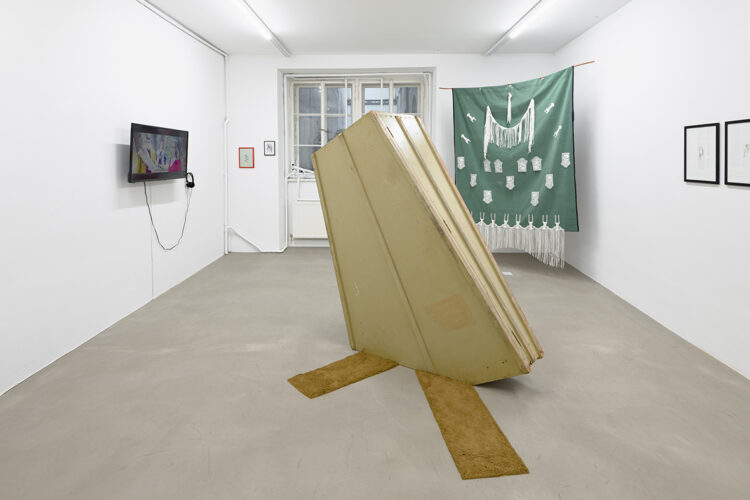
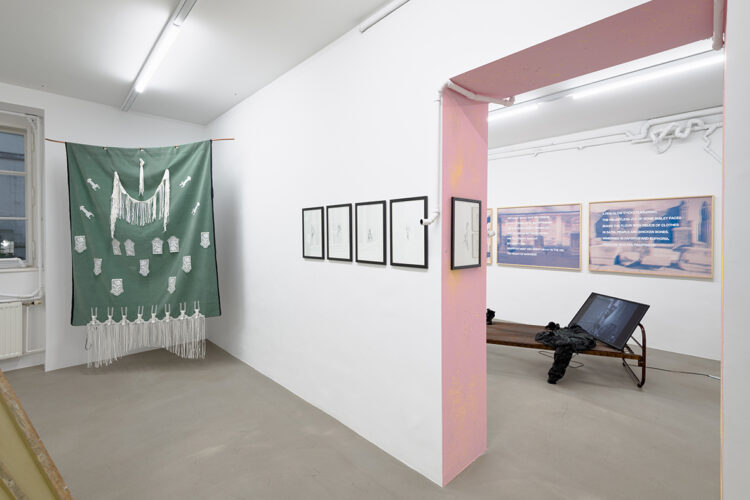
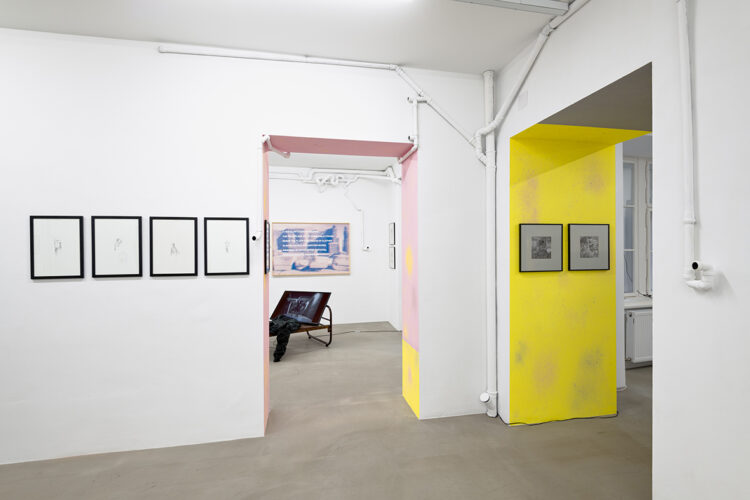
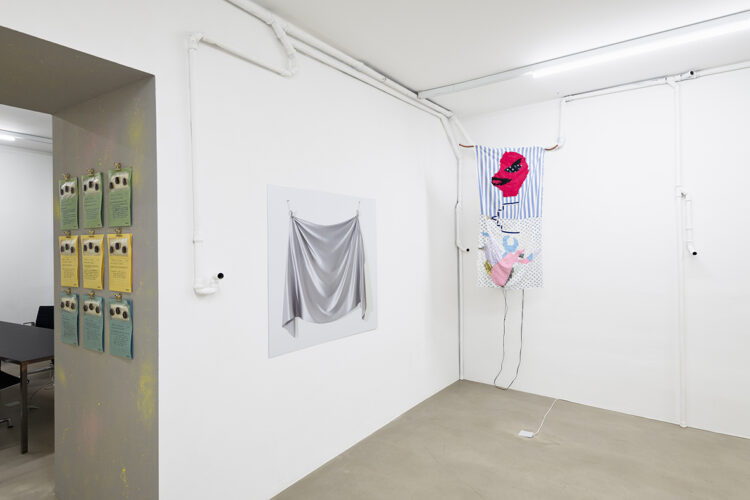
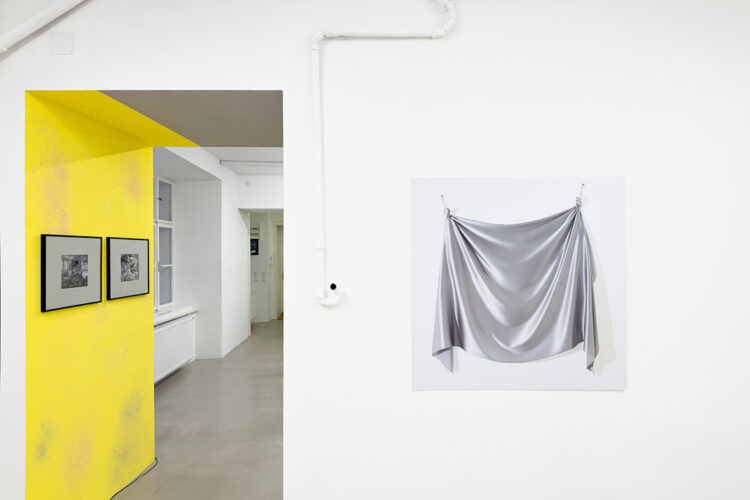
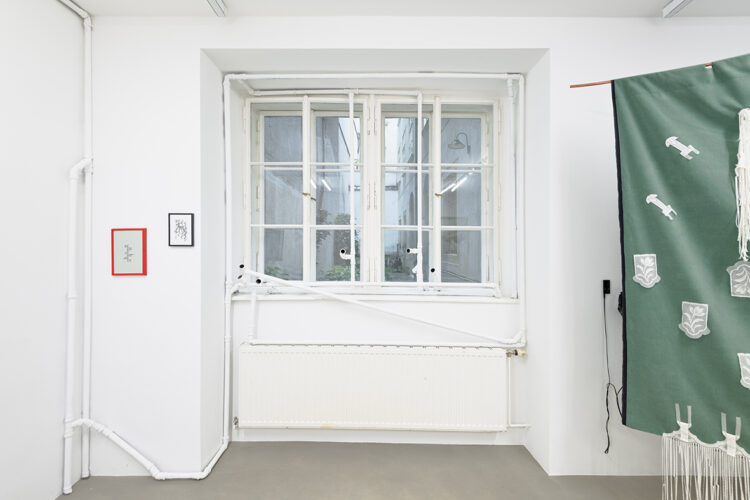
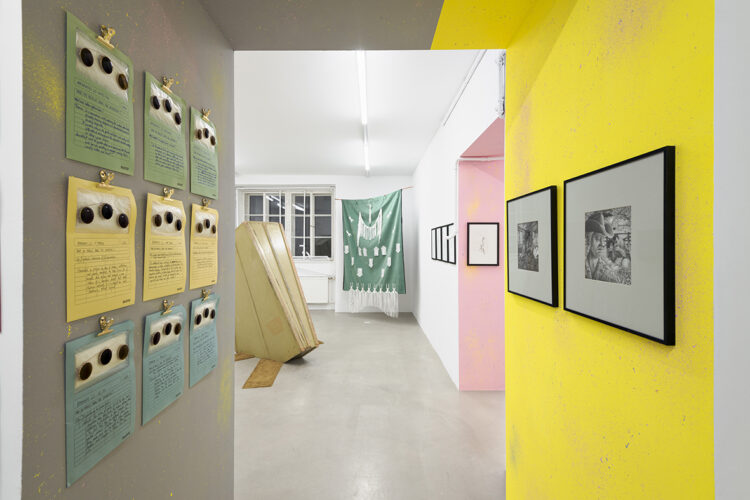
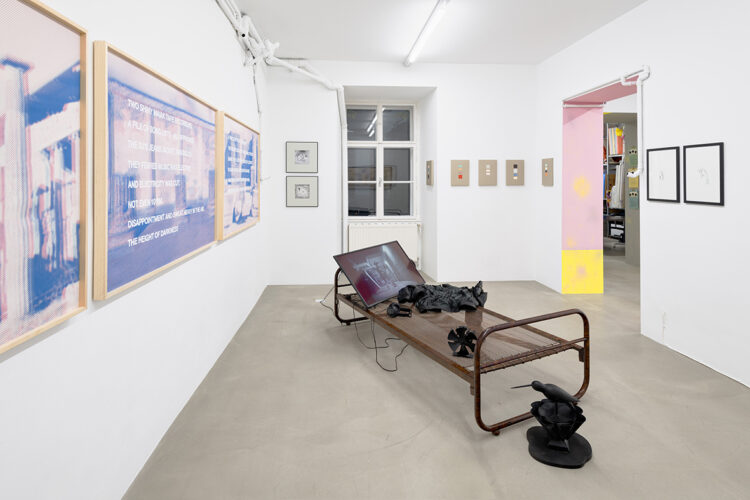
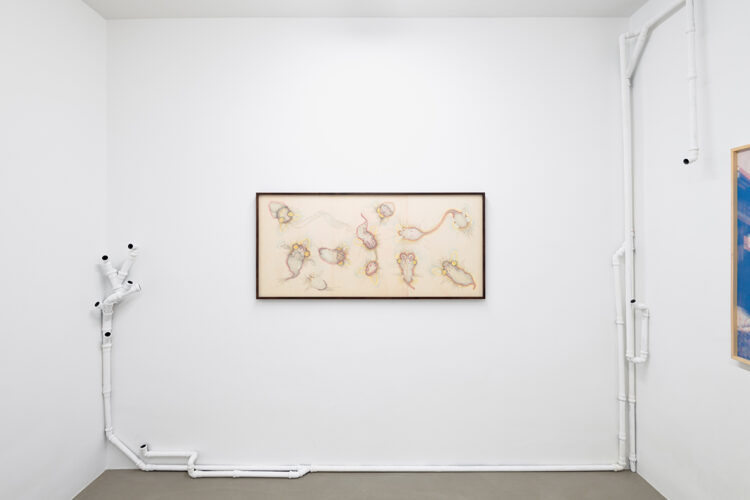
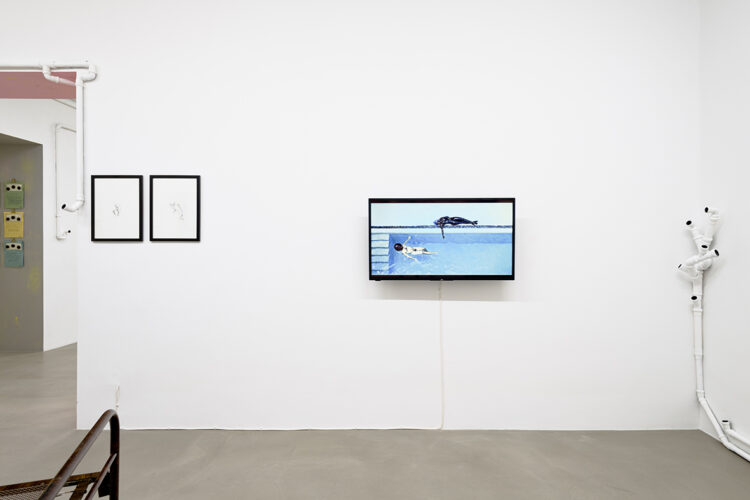
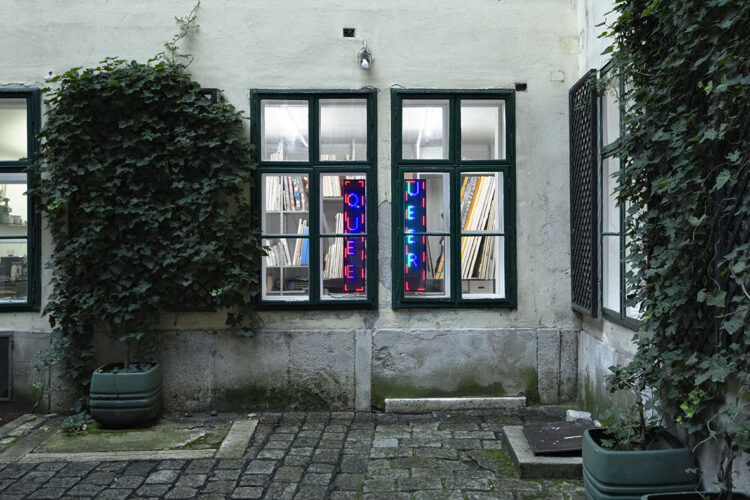
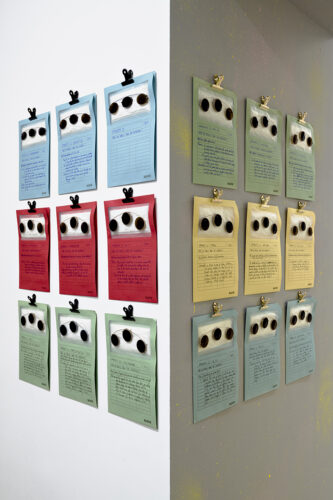
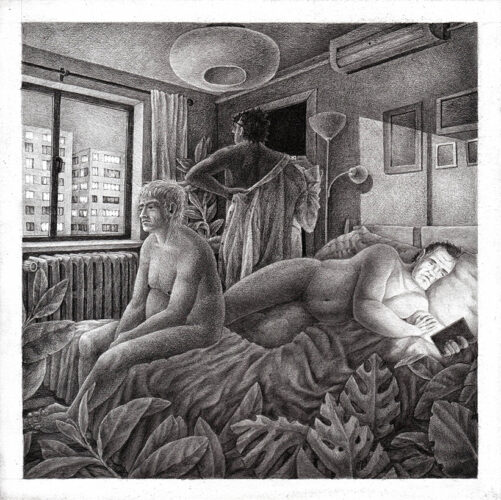
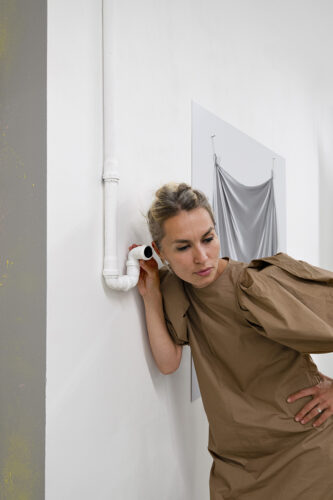
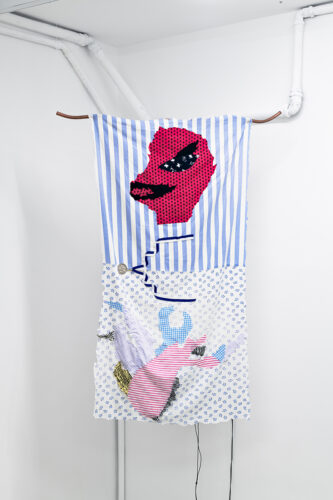
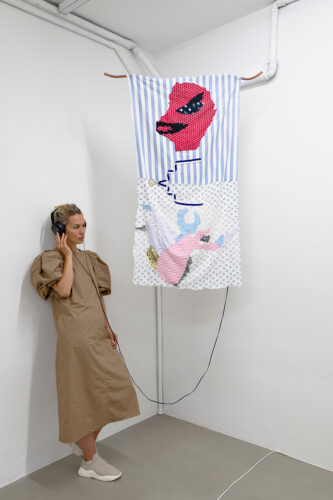
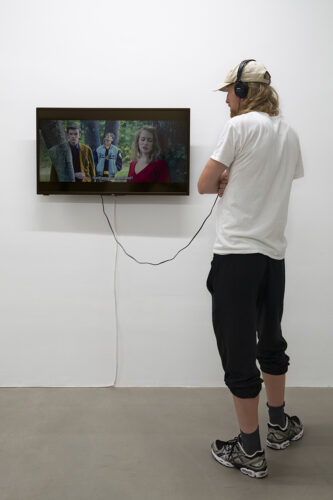
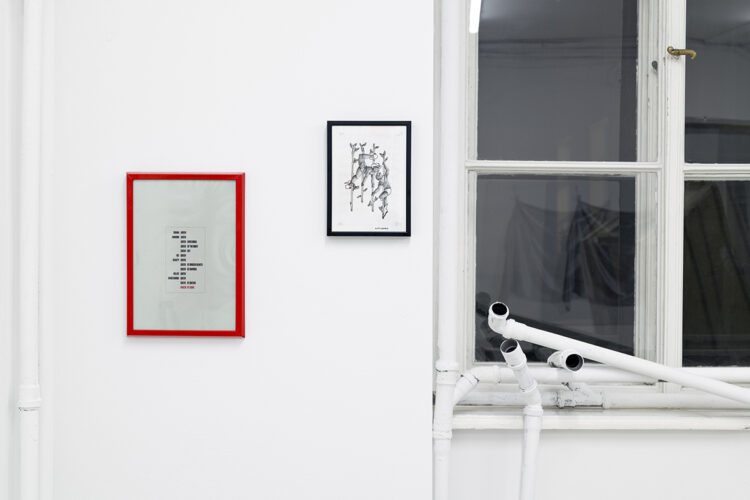
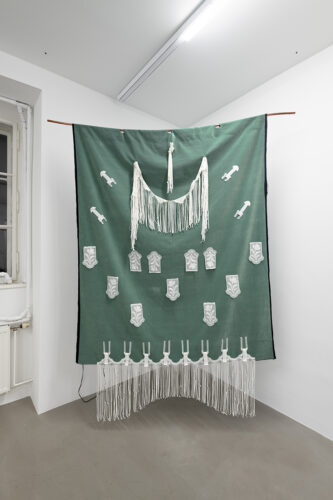
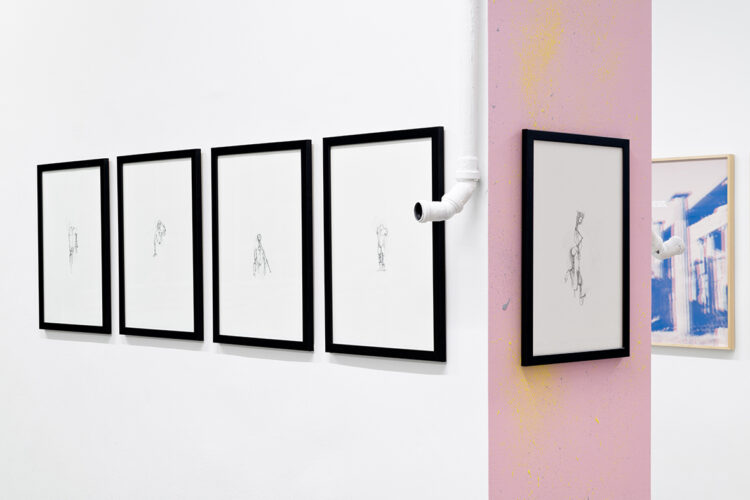
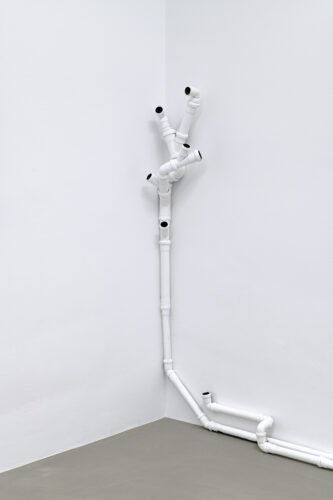
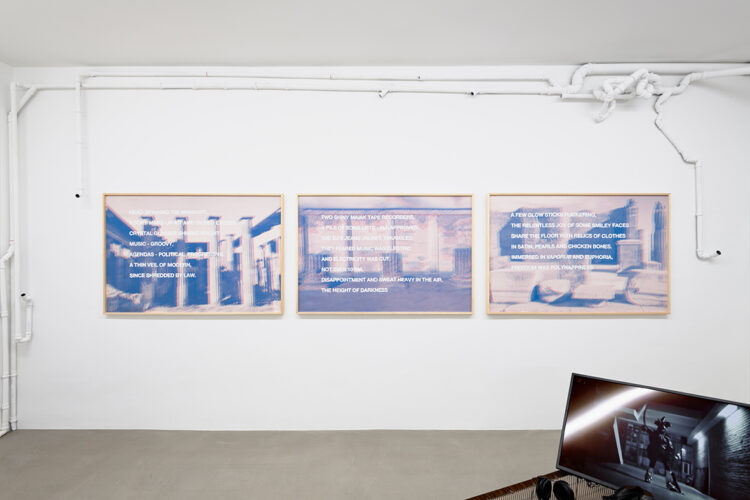
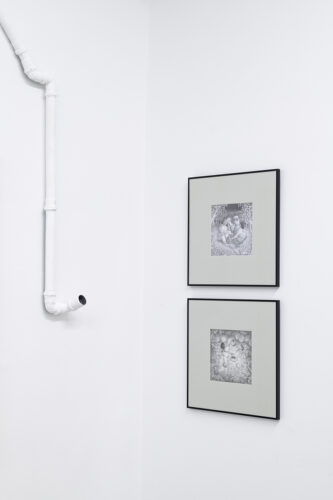
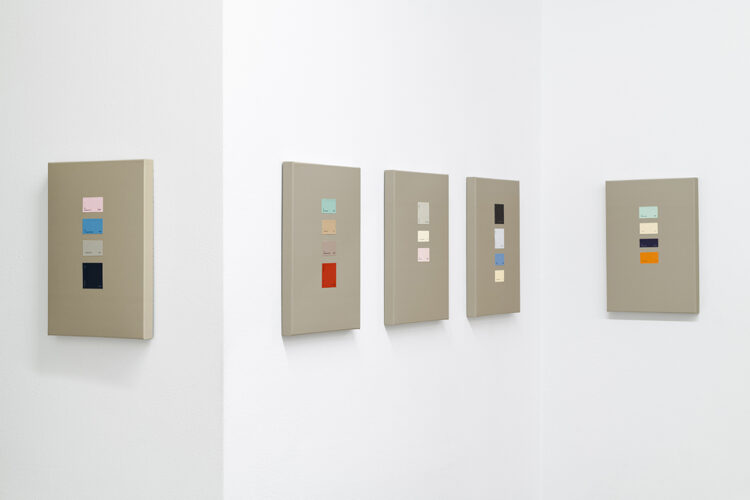
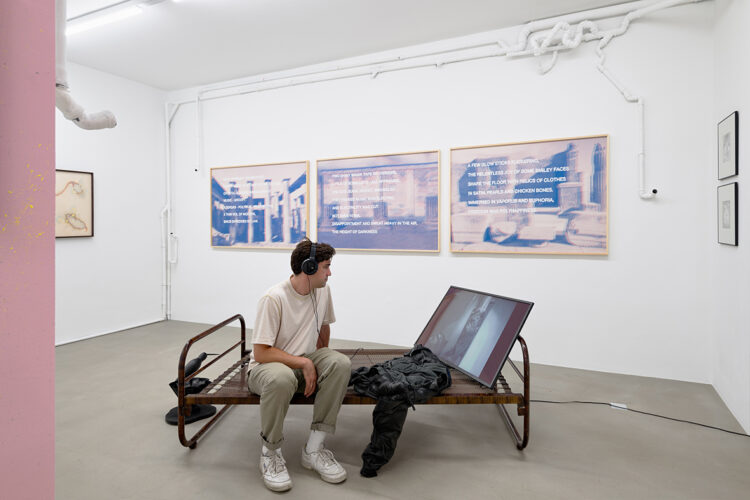
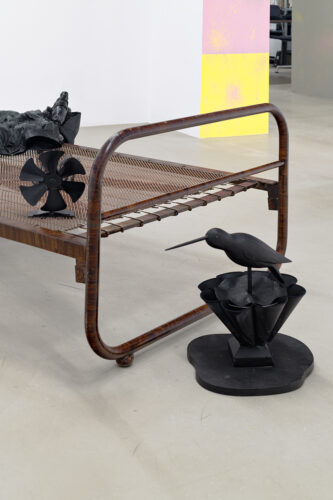
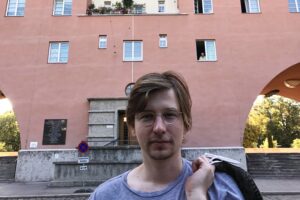
Comments are closed here.